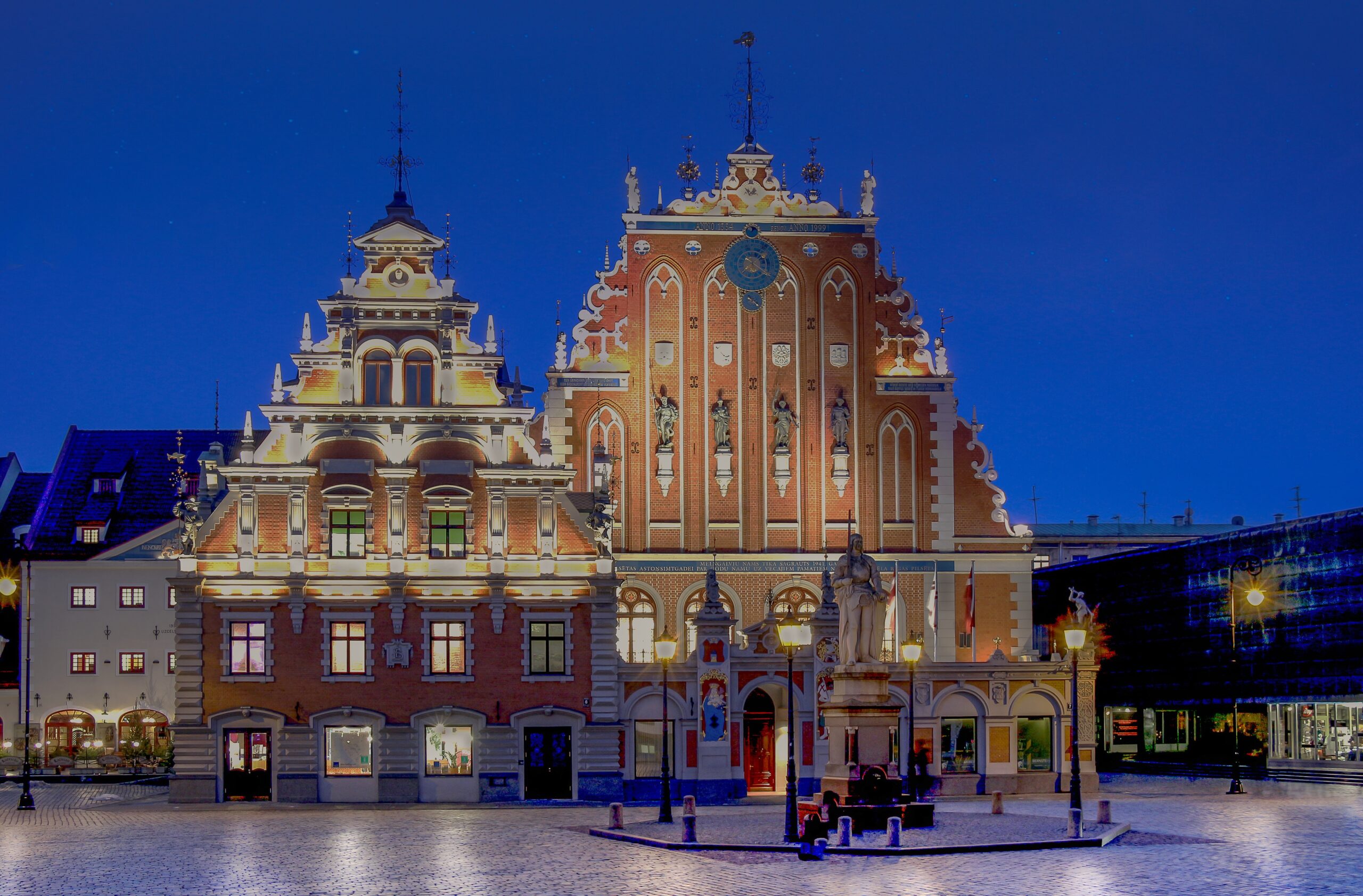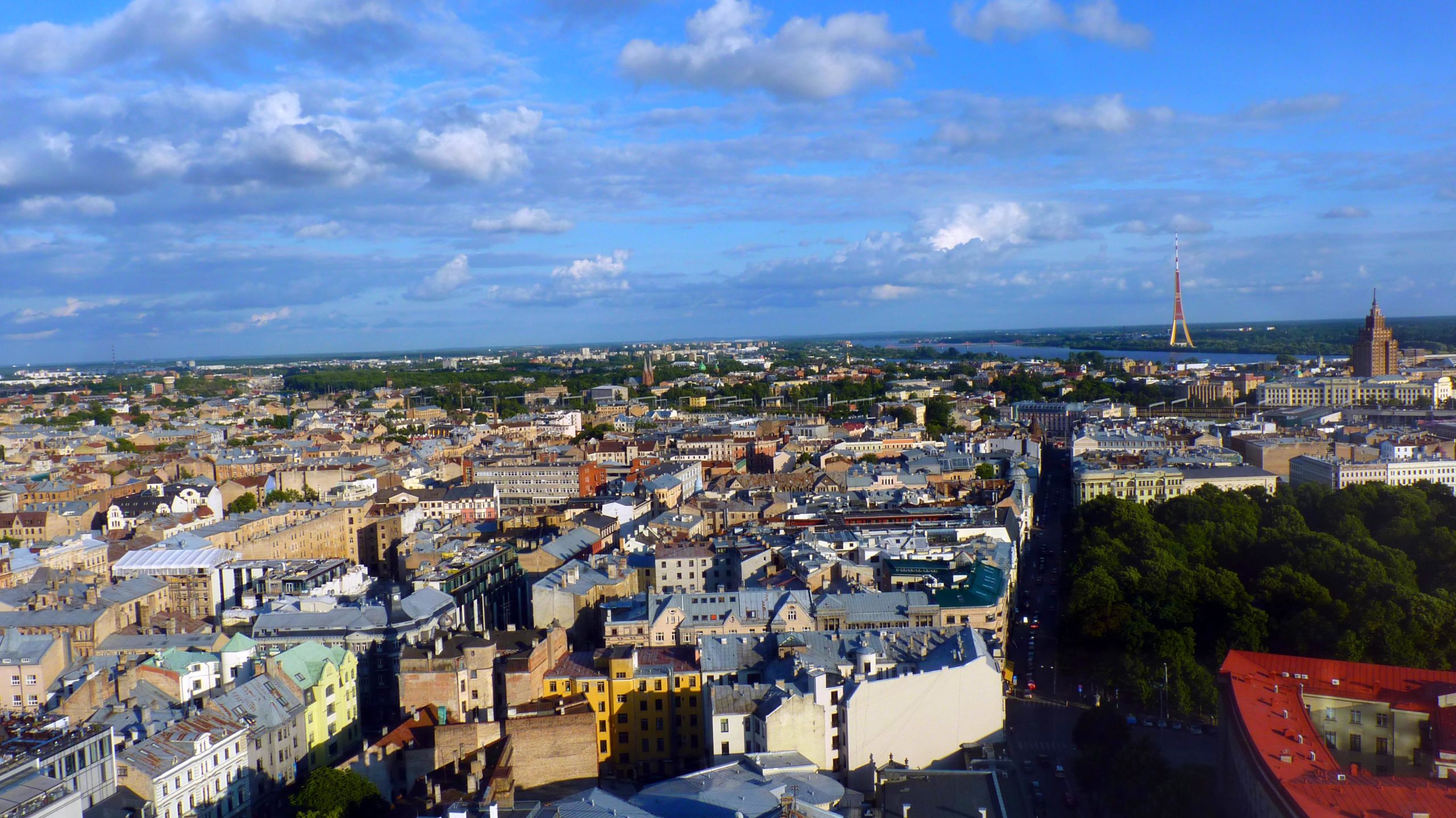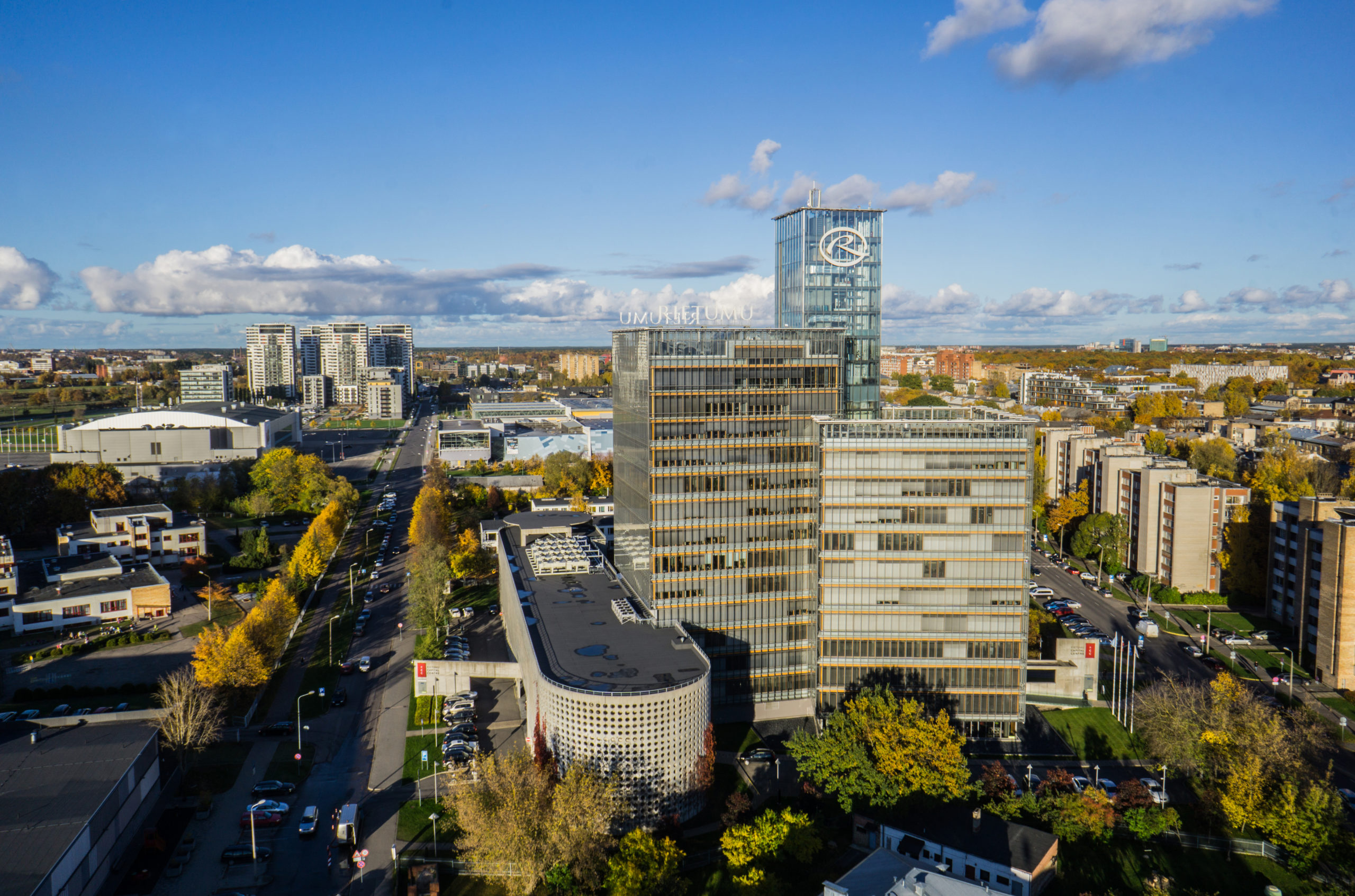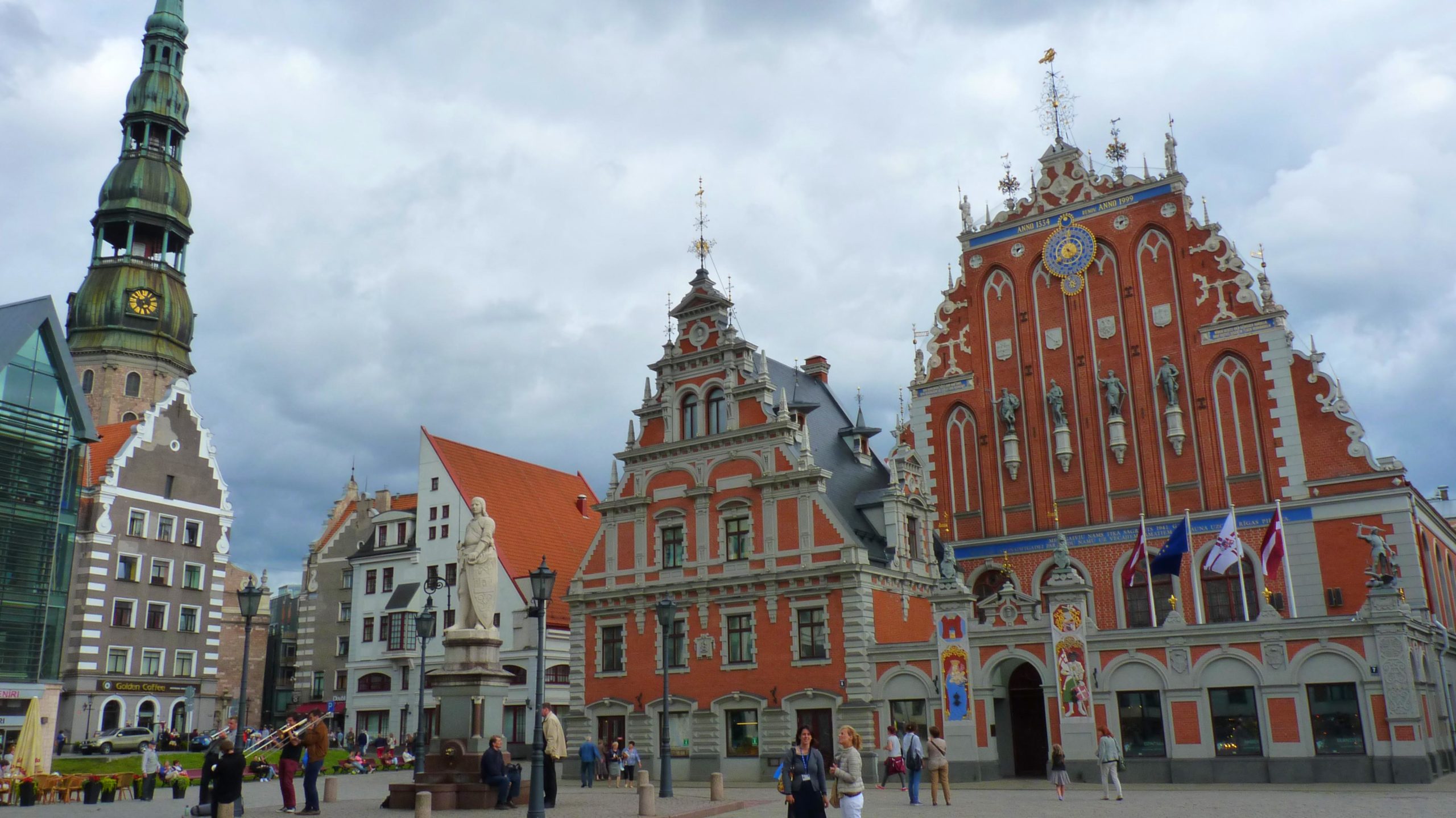An Irish cloud-based solution offers a unique value-added proposition
In recent years, Ireland has become a global leader in software development, and is now home to many international cloud service companies. While these solutions are in the cloud, they have real-world implications that improve efficiency across various economic sectors.
eSpatial is one of these Irish companies. Established in 1997, they have spent more than 20 years providing business mapping software to organizations, governments and consultancies across the world.
Headquartered in Ireland, the company has become a leading provider of cloud-based mapping software, enabling customers to better understand their business data. By visualizing data with maps, eSpatial takes the guesswork out of decision making, allowing customers to be more productive, strategic, efficient, and make the most out of their sales teams.

CEO,
eSpatial
eSpatial’s CEO, Philip O’Doherty, stated, “Our mapping and territory management software can help businesses increase sales, reduce costs and optimize resources. We do this, in part, by helping sales teams to optimize productivity and analyze their territories. eSpatial provides those sales teams with insights and recommendations automated by AI and machine learning.”
O’Doherty continued, “Businesses with sales teams of 100 to over 2,000 salespeople benefit significantly from our solutions. The value of our tools is their ability to help both decision-makers and sales staff. For management, it helps them understand their market so they know where their sales reps can make the biggest impact. The sales staff can then use eSpatial to easily target the right leads and customers, then plan optimized driving routes.
“For example, during the pandemic, eSpatial’s solutions enabled corporations to evaluate and make better decisions about who should be in the field. Through optimizing both territories and day-to-day planning, our mapping tools reduce time spent on the road, which leads to lower costs and a smaller environmental footprint. It facilitates efficient and effective operations.
“We continue to strive for additional optimization capabilities and spend a lot of resources towards innovating new products and further developing our solutions. We have a significant product release coming out this summer to make sales territory optimization easier and faster. We already have nearly 700 clients based in North America and have ambitions to continue to build our presence on the continent and around the world.”














